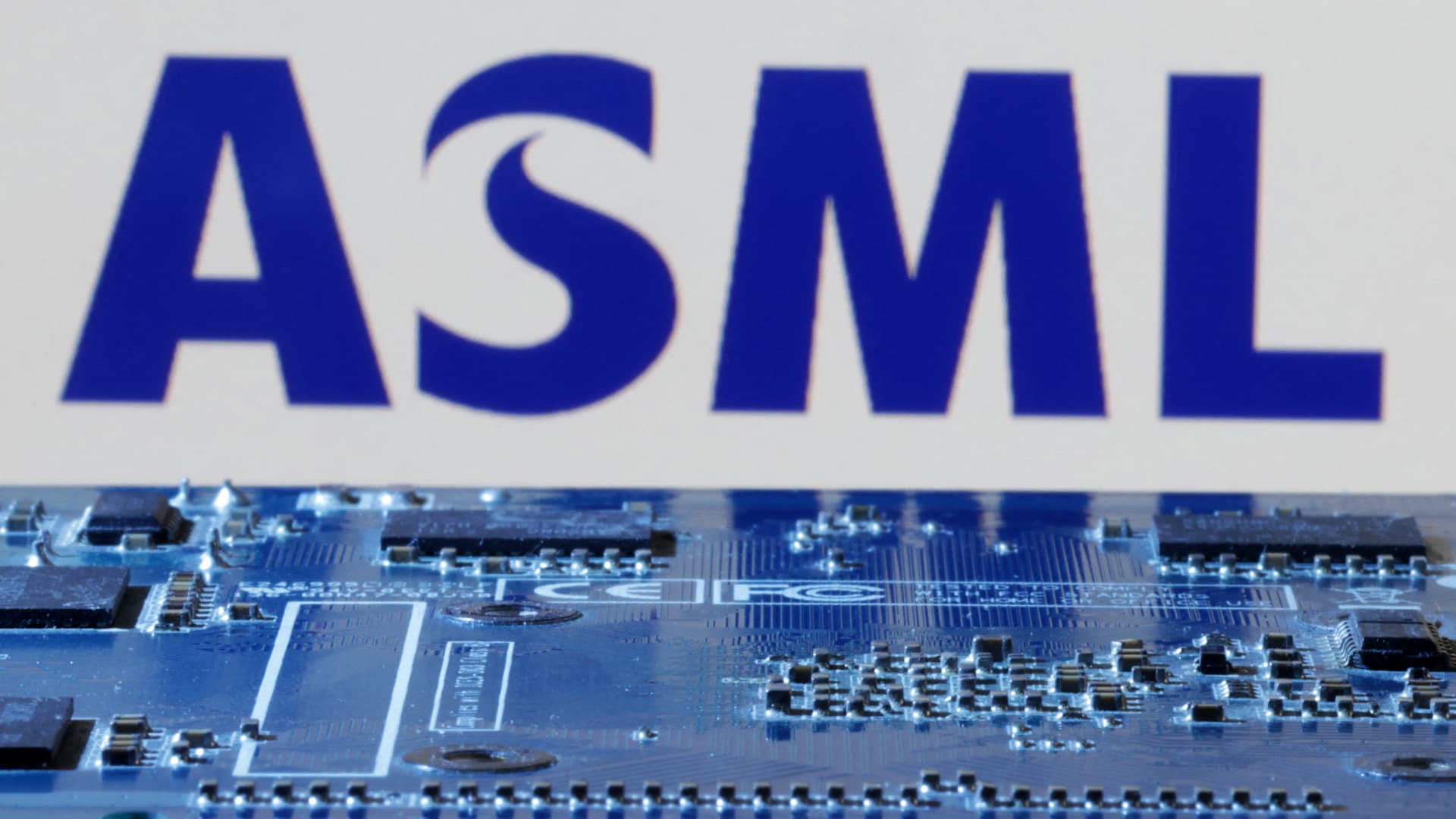Know 5 easy ways to check for early signs of heart blockage at home and spot warning signals before it’s too late. Stay heart-healthy with these simple tips.

Heart blockage has been the primary cause of heart disease which is among the leading causes of death in the world. When the arteries which supply blood to your heart become narrowed or blocked by cholesterol or plaque, this causes a heart blockage. Although only a doctor can determine the presence of heart blockage using medical examinations such as an angiogram or ECG, there are other methods of checking heart health in the comfort of your own home.
5 Easy Ways to Check Heart Blockage at Home
Are you at risk of suffering a heart blockage? Here are the top warning signs to look out for:
Pay Attention to Chest Discomfort
Chest discomfort or pain is one of the most frequent examples of early symptoms of heart blockage. You might experience tightness, pressure, heaviness, or burning pains (particularly with exercise or with being stressed). This pain may disappear upon rest but may reoccur. When your chest pains exceed a few minutes or extend to your arm, neck, jaw, or back it is an excellent opportunity to alert the medical teams to come to your help.
Monitor Shortness of Breath
Being short of breath after having performed mildly a taxing physical activity such as walking a few steps up the stairs or walking to a specific distance could be a sign that your heart is not pumping its blood effectively due to a limited blood flow. Simple test: Have a brisk walk (six minutes). In case you are abnormally fatigued or out of breath before you finish it, see a doctor further to clarify this point.
Check for Unusual Fatigue
Another red flag is constant exhaustion, despite spending a full day with sleep. As your heart works hard to pump enough oxygen-rich blood, your muscles and organs are deprived of enough oxygen, and this leaves you exhausted. When you feel exhausted most of the time and have no obvious explanation, then it is possible that you are experiencing an initial symptom of a heart problem.
Keep an Eye on Your Heart Rate
The heart rate can be measured by putting two fingers on the neck or the wrist. The normal resting heart rate falls within the range of 60 and 100 beats per minute. An irregular heart rhythm with a rapid rate (more than 100 bpm) or irregular heart rhythms in association with dizziness or chest pain may signal an underlying cardiovascular condition. Today much of the smartwatch can monitor your heart rate and notify you of any irregular heart rhythms.
Watch for Swelling in Feet or Ankles
This may also be shown by swelling in lower legs, feet or ankles, as this occurs when your heart is not pumping blood as efficiently as possible and will make the fluid store up in the body. This is normally observed in individuals withheart failure or blocked arteries. Test the swollen part with your finger; as long as the skin does not fill out, then it can be a symptom of a water build-up and should be done by a physician.
When to See a Doctor?
Do not overlook such warning symptoms as constant chest pains, dizziness, cold sweats, or unaccountable drowsiness. These might be a message by your body that there is some heart blockage. Regular check-ups, a proper balanced diet, physical exercise, and being stress-free are necessary to keep your heart healthy as early detection can save your life.
Subscribe to Our Newsletter Today!











Leave a Reply